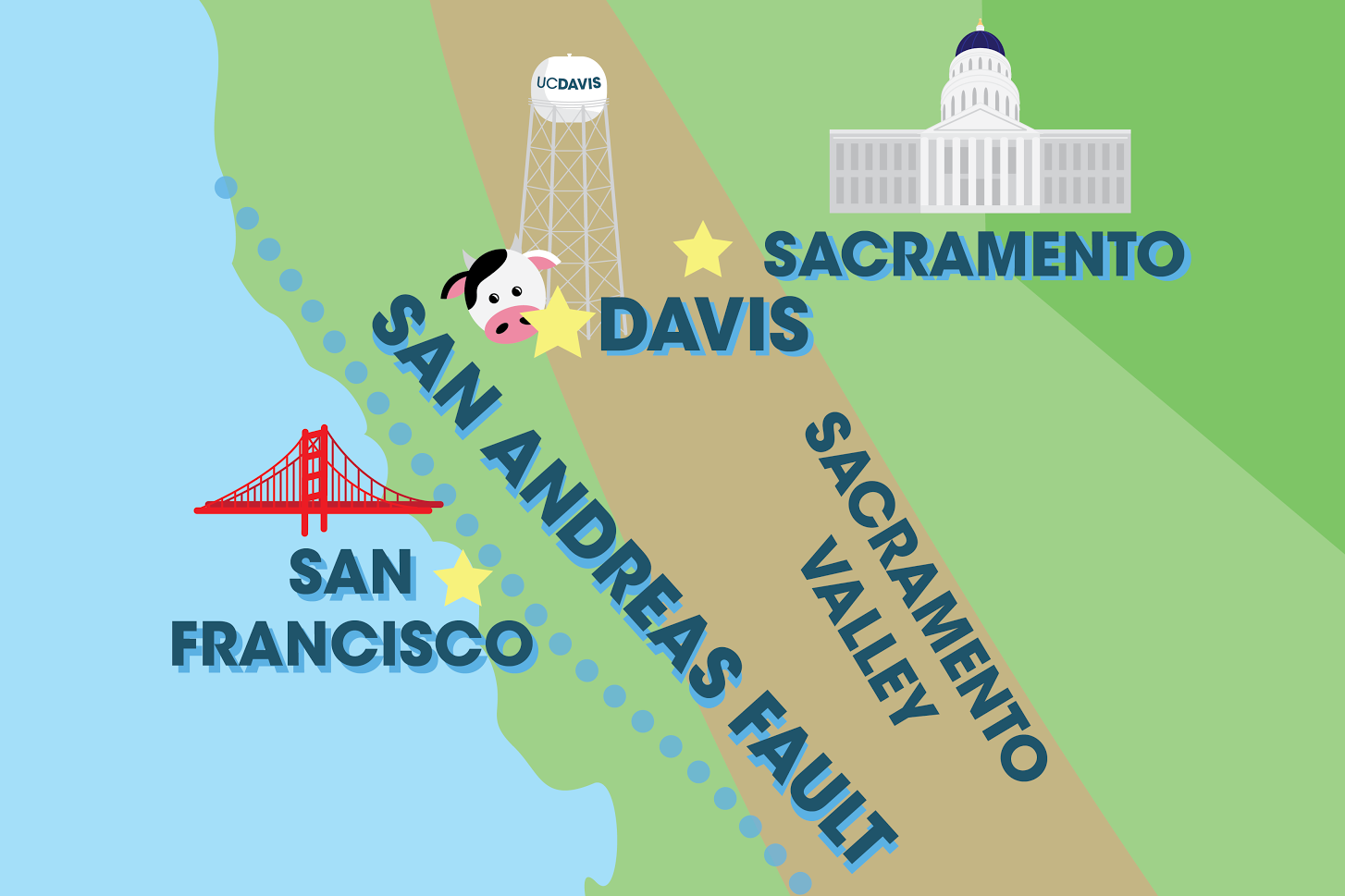
Experts discuss earthquake risks, safety, preparation
On May 4, the LA Times published a report detailing the damage an earthquake along the San Andreas fault line could cause in California, citing a presentation by Dr. Thomas Jordan, the director of the Southern California Earthquake Center.
“The springs on the San Andreas system have been wound very, very tight. And the southern San Andreas fault, in particular, looks like it’s locked, loaded and ready to go,” Dr. Jordan said in his talk, as reported by the Portland Press Herald.
John Rundle is a professor of of physics, civil engineering and geology at UC Davis. Dr. Rundle noted that while a major earthquake similar to the 1906 or 1987 California quakes is likely to occur in the next 50 years, the exact timing cannot be predicted.
“It could be locked and loaded for the next 50 years. It’s not like it’s necessarily imminent. People in our field study these things at length, we actually have a website called OpenHazards.com where we do earthquake broadcasting in real time. We don’t see any change recently in the potential behavior in the faults in California,” Dr. Rundle said.
To help prevent and mitigate damage in case of a large earthquake, California Governor Jerry Brown is supporting state funding for the creation of an earthquake warning system. Such a system would use seismic sensors to warn people between 10 seconds and one minute before the quake occurs, allowing them to seek shelter or to stay in place. Japan, Taiwan, Turkey and Mexico already have such systems in place.
“[The warning system] is useful because it can give a few seconds of warning before the shaking hits. That doesn’t sound like much, but it will seem like a long time when it comes. A lot of critical systems can be put into safety mode, people can brace themselves in a short amount of time,” said Dr. Michael Oskin, a professor in the Department of Earth and Planetary Sciences at UC Davis, who specializes earthquake geology.
Dr. Oskin explains why the warning system has not yet come to California, despite the state and country’s financial and technological resources. In South America and Japan, earthquakes come from offshore, leaving a time gap between the start of the quake and the shaking on land. California’s proximity to the faults means that the warning would be shorter, and there would be no warning possible at the epicenter. However, new technology can determine if warnings are needed once a quake begins, and this warrants the implementation of the system.
UC Davis Safety Services has published safety information regarding seismic activity in order to help mitigate earthquake damage on campus.
“One of the main causes of damage in an earthquake is in fact, not so much buildings getting damaged structurally, as things flying around inside,” said Andy Fell, associate director for Science and Research Communications at UC Davis.
The department advises community members to secure shelving to walls, install shut-off valves on gas and electric lines and establish safety procedures in laboratories. Department members also remind Davis residents to use stairs instead of elevators, to avoid glass and not to re-enter buildings following a quake until given clearance.
Fell commented that UC Davis Safety Services has an emergency response plan that is similar for all types of emergencies including floods, earthquakes and fires. He explains that employees are designated to coordinate communication during emergencies and move persons to safety. Safety Services and staff members involved in the plan practice emergency drills regularly. He also stresses that UC Davis buildings comply with safety standards.
“One of the things people can do [to be prepared] is subscribe to the AggieAlert or WarnMe systems. We would use the WarnMe system if we had to close the campus or move people out of buildings,” Fell said.
Faculty, staff and students can subscribe to the UC Davis WarnMe system online. Additionally, Professor Oskin explains that persons in vulnerable areas can also purchase earthquake insurance to protect their homes.
“Everyone should be prepared to have some good water for a few days to a week or two in case you’re cut off from resources. Have a plan of where to meet up with family and how to get ahold of each other in case communications are not working,” Dr. Oskin said. “There are a lot of things people can do to prepare themselves.”
Written By: CAROLINE STAUDENRAUS – city@theaggie.org



